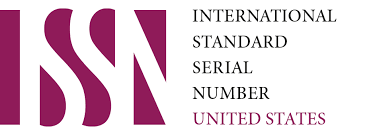The Approaches To Teaching Foreign Languages
DOI:
https://doi.org/10.62480/jpip.2024.vol33.pp10-14Keywords:
communicative language, structural approach, sentence patternAbstract
In this article the structural approach focuses on sentence structure, with mastery of sentence structure being more important than vocabulary acquisition. Content words are also taught, guided by their usefulness, simplicity, and teachability. This approach is based on behaviorism theory and involves understanding the language's pattern and structure. Different languages have unique structures, such as Uzbek and English, which require thorough practice for naturalizing habits
References
Hawkins, M. (ed.). 2004. Language Learning and Teacher Education: A Sociocultural Approach.
Clevedon: Multilingual Matters.
Hinkel, E. 2006. ‘Current perspectives on teaching the four skills.’ TESOL Quarterly 40/1: 109–
Johnson, K. 2006. ‘The sociocultural turn and its challenges for second language teacher
education.’ TESOL Quarterly 40/1: 235–57.
Mullock, B. 2006. ‘The pedagogical knowledge base of four TESOL teachers.’ Modern Language
Journal 90/1: 48–66.
Murray, D. 1996. ‘The tapestry of diversity in our classrooms’ in K. Bailey and D. Nunan (eds.).
Voices from the Language Classroom, 434–48. Cambridge: Cambridge University Press.
Pennycook, A. 1989. ‘The concept of method, interested knowledge, and the politics of language
teaching.’ TESOL Quarterly 23/4: 591–615.
Downloads
Published
Issue
Section
License

This work is licensed under a Creative Commons Attribution-NonCommercial 4.0 International License.
User Rights
Under the Creative Commons Attribution-NonCommercial 4.0 International (CC-BY-NC), the author (s) and users are free to share (copy, distribute and transmit the contribution).
Rights of Authors
Authors retain the following rights:
1. Copyright and other proprietary rights relating to the article, such as patent rights,
2. the right to use the substance of the article in future works, including lectures and books,
3. the right to reproduce the article for own purposes, provided the copies are not offered for sale,
4. the right to self-archive the article.












